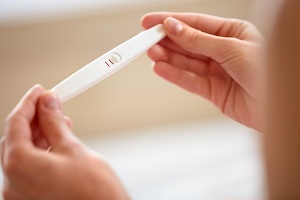For the first time in Italy, doctors at the San Raffaele Hospital in Milan implanted an artificial retina on a blind patient. The operation lasted 11 hours and was conducted by a team of specialists in ophthalmological surgery. The patient is fine, but the outcome of the intervention is still unknown.
The subretinal prosthesis contains a microchip of about 3 millimeters and contains 1600 sensors. The doctors have placed it at the macula, from where it should stimulate the nerves that connect the eye and the brain. In this way it should replace the cells now unable to do this work due to diseases such as retinitis pigmentosa. Together with the microchip, the doctors also implanted a connection circuit behind the ear.
The patient has retinitis pigmentosa from a young age and has lost sight gradually over the years. If all goes well, when the microchip is turned on it will again be able to perceive lights and shapes. While not fully restoring sight, the mechanism should still greatly improve the quality of a woman's life. It will also be a gradual process.
The artificial retina is an absolute novelty in Italy. However, there are very few cases in Europe: only two European centers have carried out this intervention to date.
Source: corriere.it
Add a comment





